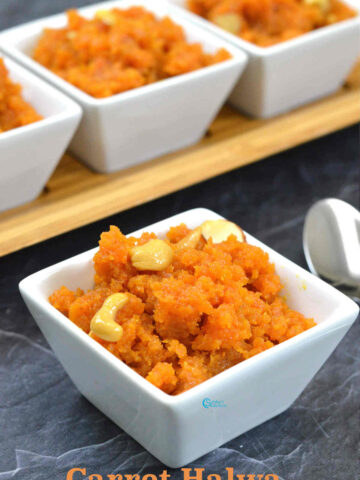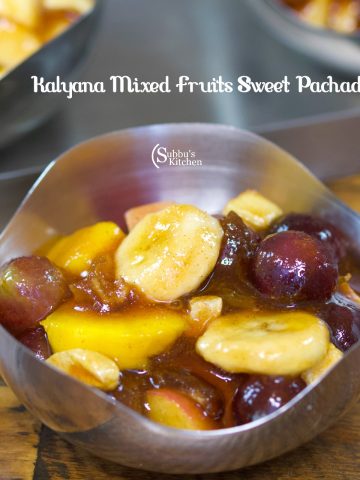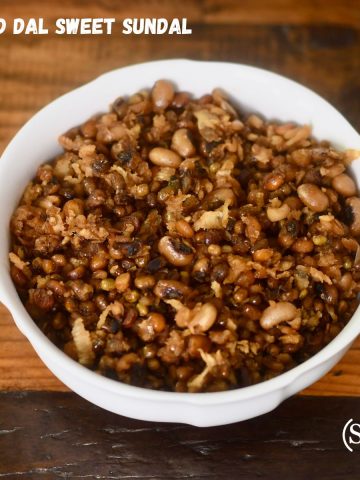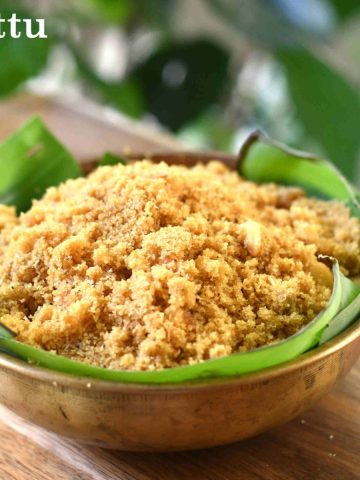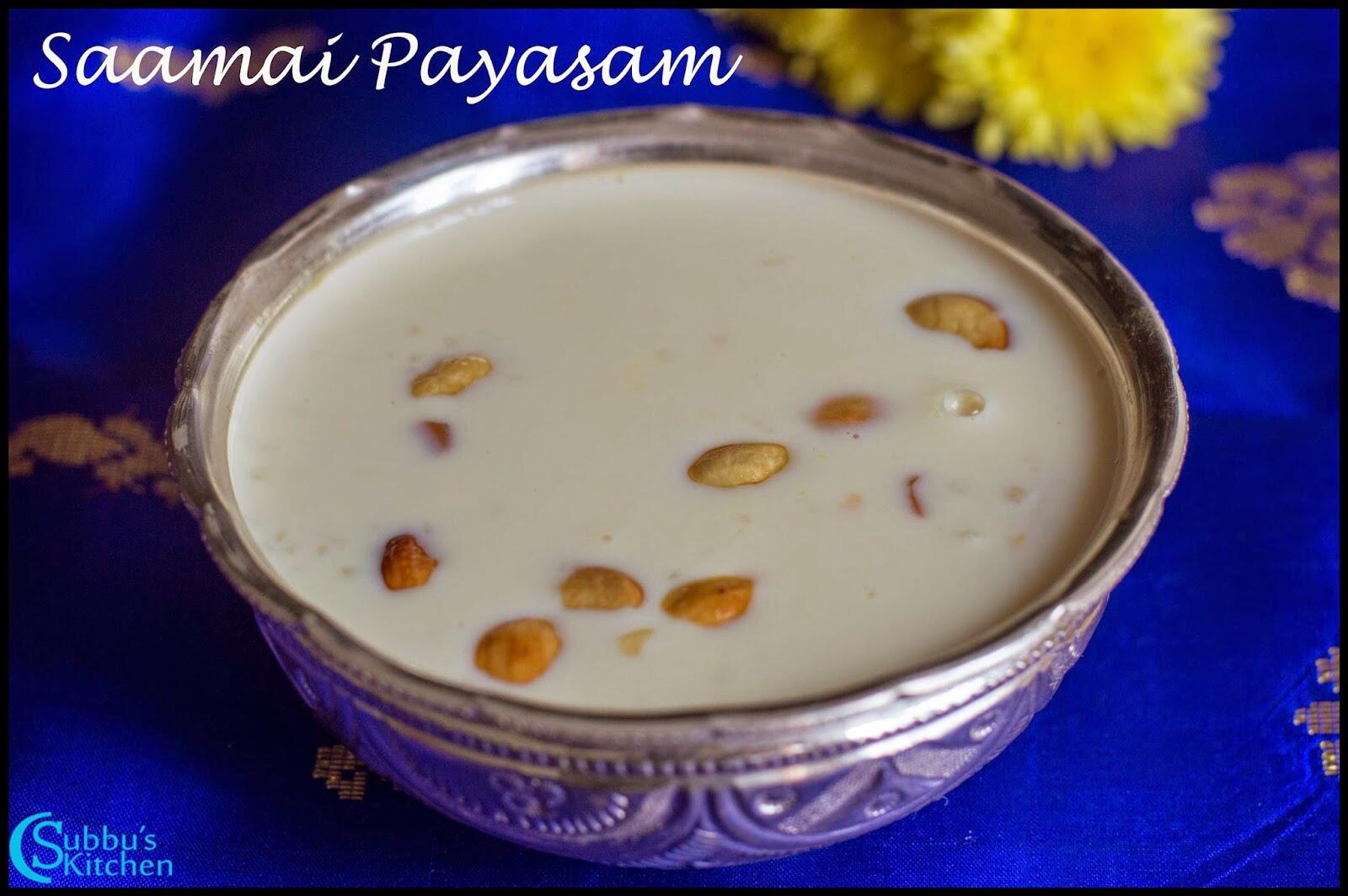There’s something truly magical about the aroma of ghee, jaggery, and cardamom wafting through the kitchen — it instantly feels like a celebration. Sakkarai Pongal, a traditional South Indian sweet dish made with rice, moong dal, and jaggery, is not just food, but an offering of love and devotion during festivals like Pongal and Navratri. Soft, melt-in-your-mouth, and rich with the flavor of ghee-roasted cashews and raisins, this recipe is a heartwarming treat you’ll want to enjoy well beyond festive days.

Sakkarai Pongal is deeply tied to special occasions and festivals in South India, especially Tamil Nadu. Here’s the cultural and seasonal background you can use as content:
- Harvest Festival (Thai PongalThai Pongal Festival and Recipes):
Sakkarai Pongal is the star dish of the Pongal festival, celebrated in January to thank the Sun God for a bountiful harvest. It’s cooked in new clay pots, often outdoors, and allowed to boil over — symbolizing abundance and prosperity. - Temple Prasadam:
It’s also a very popular prasadam (offering) in temples, especially in Vaishnavite temples like Srirangam, where it is served to devotees. - Other Festivals & Occasions:
Apart from Thai Pongal, it is also prepared during Navratri, Aadi Perukku, Vaikunta Ekadashi, and other auspicious days. Families make it at home as an offering to deities and then enjoy it together.
So while it can be made any time of year, it is most beloved during festivals, temple offerings, and auspicious beginnings.
Jump to:
Ingredients
Every ingredient in Sakkarai Pongal plays a purpose that contributes to its signature taste and texture:
- Rice and moong dal form the creamy, porridge-like base—when cooked and mashed together, they offer both body and smooth consistency, essential for the dish's comforting character.
- Jaggery, the unrefined cane sugar, imparts a deep, molasses-like sweetness unique to traditional South Indian sweets—a flavor profile that refined sugars simply can’t replicate.
- Ghee envelopes the dish in richness and aroma, making the texture luxuriously silky and elevating every bite.
- Cardamom, along with optional edible camphor, clove, and nutmeg, lend fragrant warmth and a touch of divine, almost ritualistic flavor—especially when the dish is made as prasadam (offering).
- Cashews and raisins introduce a delightful contrast in texture—nutty and slightly chewy—rounding out the dish with pops of buttery crunch and sweet bursts.
Each component has been carefully chosen not just for flavor, but for tradition, mouthfeel, and the harmonious balance that makes this humble sweet dish feel like a festive celebration in every spoonful.
See recipe card for quantities.
Instructions

- Heat a pan and dry roast the moong dal until it turns slightly golden and releases a nutty aroma. Set it aside.

- In a strainer, add the roasted moong dal and rice. Rinse them well two to three times.

- Transfer the washed rice and dal to a pressure cooker, add water, and mix well.

- Pressure cook for 5–6 whistles, until the mixture becomes soft and mushy. Traditionally, in temples and during festive occasions, the rice and dal are slow-cooked in open pots, giving a smoky flavor. For everyday cooking at home, pressure cooking is quicker and convenient. Once cooked, mash the mixture well and set aside.

- In a saucepan, add jaggery with a little water. Heat until the jaggery melts completely. Set this aside.

- Heat ghee in a heavy-bottomed pan, strain the jaggery syrup, and add it to the pan.
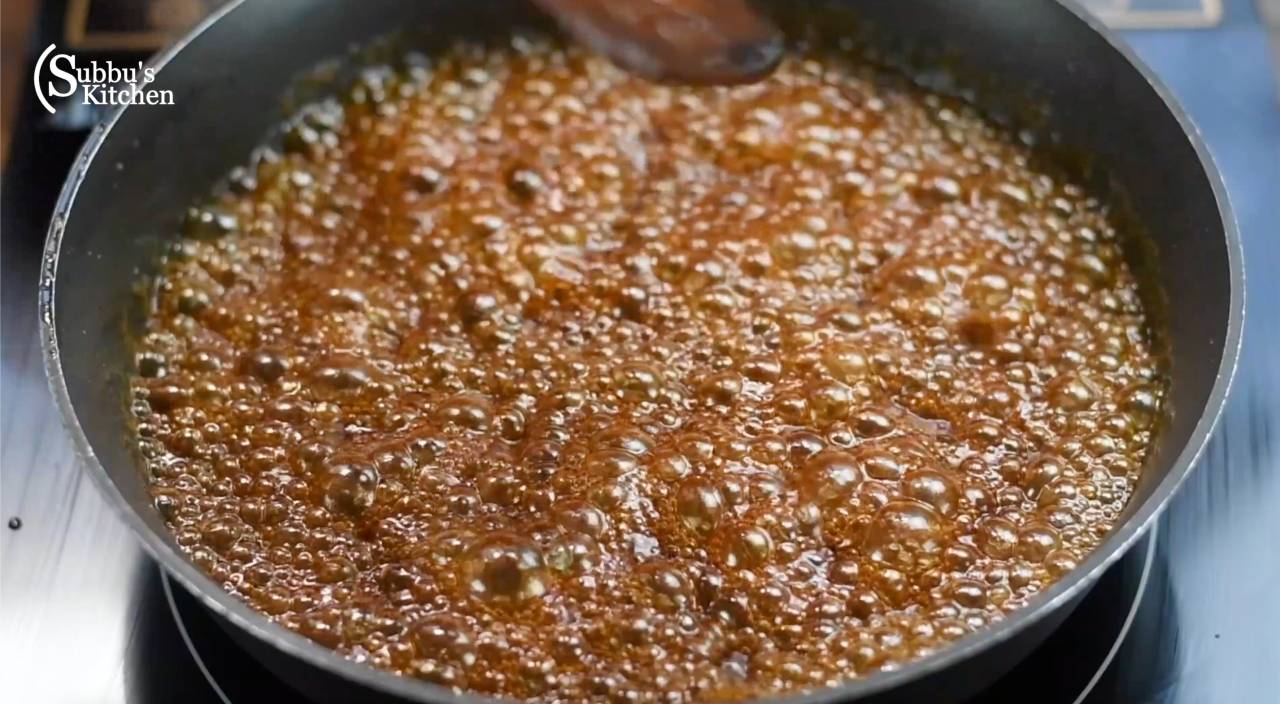
- Allow the jaggery syrup to come to rolling boil.

- When the syrup begins to boil, add the mashed rice and dal mixture.

- Reduce the flame to low and stir in milk (optional). Milk adds richness but shortens the shelf life to about a day. If preparing in advance, skip the milk. Important: never add milk directly to the jaggery syrup, as it will curdle—always add it after mixing in the rice-dal mixture.
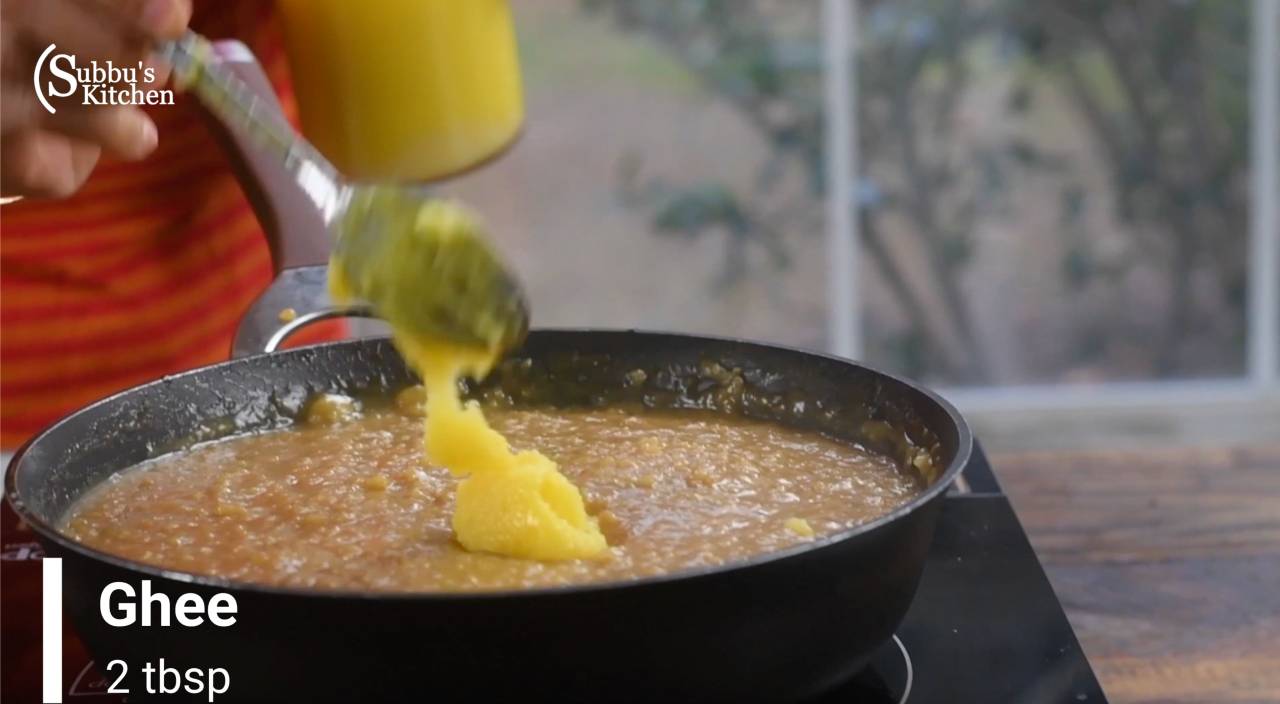
- Stir continuously until the rice-dal mixture absorbs the jaggery syrup and reaches a slightly thick consistency.

- Add the remaining ghee and cardamom powder, mixing well. Keep on low flame for a few more minutes.

- In a separate small pan, heat ghee and roast cashews and raisins until golden. Add them to the pongal and mix gently. Your delicious Sakkarai Pongal is ready to be offered as neivedhyam or enjoyed warm with family!
💡 Hint: When melting jaggery, always strain the syrup before adding it to the rice-dal mixture. This helps remove any impurities and ensures your pongal stays smooth, clean, and glossy.
Variations
- Gluten-Free: Since it’s made with rice, dal, and jaggery, Sakkarai Pongal is naturally gluten-free. Just make sure your jaggery is pure and not processed with additives.
- Vegan Option: Traditionally, this recipe uses ghee and sometimes milk. To make it vegan, replace ghee with coconut oil or vegan butter, and skip the milk (or use almond/coconut milk for richness).
Storage
- Pongal made without milk can be kept at room temperature for up to 12–18 hours in a cool place. Pongal made with milk should be consumed within 6–8 hours, as it spoils quickly.
- Store in an airtight container to maintain freshness and aroma.
- Keep at room temperature for up to 1 day.
- Refrigerate for up to 2–3 days.
- Reheat gently on low flame before serving.
- Avoid prolonged storage to preserve the soft, creamy texture and flavor.
Top Tip
If you're going to make this recipe, make sure to follow this top tip!
- Jaggery Ratio: Use a rice + dal to jaggery ratio of 1.25:2.5. For 1 cup rice and ¼ cup moong dal, add 2.5 cups grated jaggery. This ensures the sweetness is balanced — not too bland, not too overpowering.
- Jaggery Quality Matters: The color and aroma of your pongal depends on the type of jaggery. Paagu vellam gives a darker, richer brown consistency than regular jaggery.
- Cooking Rice & Dal: Add an extra ½ cup of water and allow additional whistles in the pressure cooker to ensure the rice and dal are completely soft and mushy.
- Milk is Optional: Adding milk while cooking makes the pongal creamier and richer in flavor, but it’s not necessary.
- Strain Jaggery Syrup: Jaggery can contain impurities like sand. Always dissolve and strain the jaggery syrup before adding it to the rice-dal mixture.
- Ghee in Syrup: Adding a bit of ghee to the jaggery syrup is optional, but it enhances the richness and aroma of the pongal.
- Consistency Tips: Milk can be used to adjust consistency. Once milk is added, keep the flame low to avoid curdling or breaking the pudding.
Related
Looking for other recipes like this? Try these:
Recipe Card
Sweet pongal recipe | Chakkara pongali | Sakkarai pongal
Equipments Needed
- Pressure Cooker
- Heavy Bottomed Pan
Ingredients
- 1 cup Raw Rice 1 cup = 250 ml
- ¼ cup Moong dal
- 2½ cups Grated Jaggery
- ¼ teaspoon Cardamom Powder
- 1 tablespoon Cashews
- 1 pinch Pachai Karpooram Optional
- 1 tablespoon Raisins Optional
- 3 teaspoon Ghee (Clarified butter)
- 2 teaspoon Ghee (Clarified butter) for tempering
- 4½ cups Water
- ½ cup Milk (optional)
Instructions
Roasting and Cooking the Dal + Rice
- Heat a pan and dry roast ¼ cup of moong dal until it turns golden and releases a fragrant aroma. Set aside.¼ cup Moong dal

- In a strainer, take 1 cup of rice and the roasted moong dal. Rinse 2–3 times until the water runs clear.1 cup Raw Rice

- Add 4.5 cups of water and mix well.4½ cups Water

- Pressure cook the rice and dal mixture for 5–6 whistles until soft and mashable. Traditionally, in temples and at weddings, this mixture is slow-cooked on the stove to impart a smoky aroma, but for home cooking, a pressure cooker works perfectly. Once cooked, mash the rice and dal thoroughly and set aside.

Preparing the Jaggery Syrup
- In a saucepan, combine 2.5 cups of grated jaggery with ¼ cup of water. Heat gently until the jaggery melts completely and dissolves. Set aside.2½ cups Grated Jaggery

- Heat 3 teaspoon of ghee in a heavy-bottomed pan. Strain the melted jaggery and add it to the pan.3 teaspoon Ghee (Clarified butter)

- When the jaggery syrup comes to a rolling boil, add the mashed rice and dal mixture.

- Keep the flame very low and stir in ½ cup of milk (optional). Milk adds richness, but if used, the shelf life of the dish is limited to 1 day. Never add milk directly to the jaggery syrup, as it may curdle — always add it after the rice-dal mixture. Also add the Pacha Karpooram and mix well.½ cup Milk, 1 pinch Pachai Karpooram
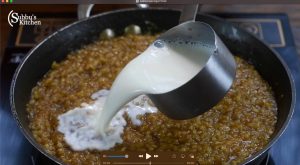
Finishing Pongal
- Stir the mixture well to incorporate the rice and dal with the jaggery syrup. Add the remaining ghee and ¼ teaspoon of cardamom powder, and continue stirring on low flame until the pongal thickens slightly.¼ teaspoon Cardamom Powder

- In a separate pan, heat 2 teaspoon of ghee and roast cashews and raisins until golden brown. Add them to the pongal and give a final gentle stir.1 tablespoon Cashews, 1 tablespoon Raisins, 2 teaspoon Ghee (Clarified butter)

- The scrumptious Sakarai Pongal is ready for neivedhyam or to serve!

Video
Notes
🍯 Tips for Perfect Sakkarai Pongal
- Jaggery Ratio: Use a rice + dal to jaggery ratio of 1.25:2.5. For 1 cup rice and ¼ cup moong dal, add 2.5 cups grated jaggery. This ensures the sweetness is balanced — not too bland, not too overpowering.
- Jaggery Quality Matters: The color and aroma of your pongal depends on the type of jaggery. Paagu vellamgives a darker, richer brown consistency than regular jaggery.
- Cooking Rice & Dal: Add an extra ½ cup of water and allow additional whistles in the pressure cooker to ensure the rice and dal are completely soft and mushy.
- Milk is Optional: Adding milk while cooking makes the pongal creamier and richer in flavor, but it’s not necessary.
- Strain Jaggery Syrup: Jaggery can contain impurities like sand. Always dissolve and strain the jaggery syrupbefore adding it to the rice-dal mixture.
- Ghee in Syrup: Adding a bit of ghee to the jaggery syrup is optional, but it enhances the richness and aroma of the pongal.
- Consistency Tips: Milk can be used to adjust consistency. Once milk is added, keep the flame low to avoid curdling or breaking the pudding.
Nutritional Info


